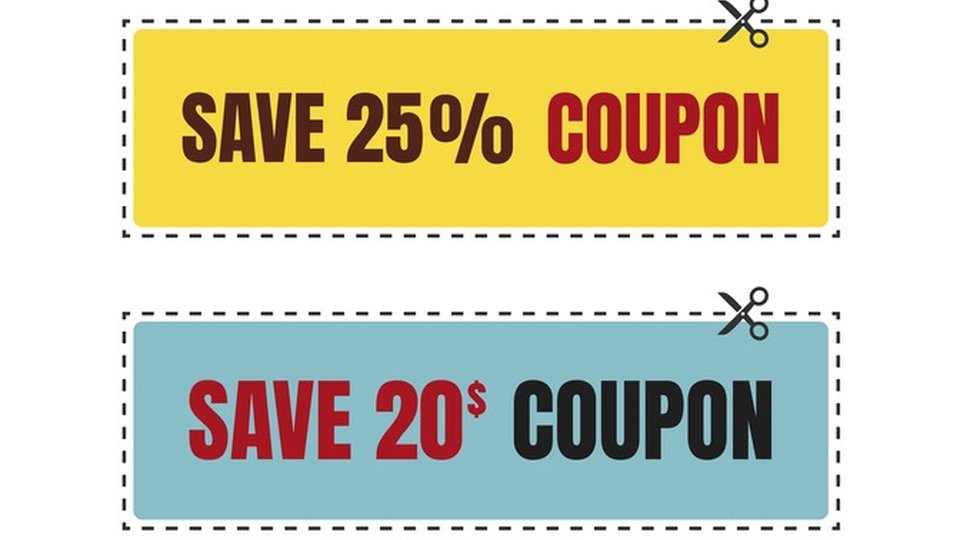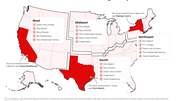Marketing
6 in-mail restaurant marketing mistakes to avoid
Marketing pro shares the biggest mistakes he's seen over the years when it comes to promoting your restaurant in good old-fashioned mailboxes.

February 2, 2022 by Wayne Wilson — President of Sales, Inside the Box Marketing, Inc.
In my time running a restaurant marketing agency, I've been fortunate to learn the exact messages and tactics that get customers to take action after checking their mailboxes. At the same time, I've also seen my fair share of restaurant owners waste money on mail campaigns with little results to show for it. To save you from joining the losing crowd, I want to share the biggest mistakes I've seen over the years when it comes to promoting your restaurant in good old-fashioned mailboxes.
1. Taking the cheap route.
At first glance, low-cost advertising options like EDDM (Every Door Direct Mail) are attractive. You can cover a lot of ground with a small budget, and for many businesses with different advertising goals, that may be all they need. However, my experience is that for restaurants, choosing cheap mailers gets you cheap results. The response rates are awful. The perception people have of your restaurant matches the mailer — low quality. It can be hard to recover from that.
The same idea applies to your promotions, too. If you don't offer a good coupon, don't be surprised when your mail campaign flops. We see great results with buy one, get one free deals and $10 off purchases of $30 or more. Don't cheap out, or it might end up costing you more in the long run.
2. Having an inconsistent strategy.
It's common to wait until business is bad to think about how to bring in more customers. The problem is, if you only look at advertising when business is bad, you're showing new customers the worst side of your restaurant. When money is tight, the staff is often light, and that increases the likelihood of new customers having a bad experience, leaving negative reviews online, and entering a vicious cycle.
The best time to advertise is when your business is doing great, that way you can create a snowball effect in the right direction. Wash, rinse, repeat.
3. Not tracking redemptions.
Unless you track how often your promotions get redeemed, you can't be sure how well a marketing campaign worked. This is especially important when doing several advertising initiatives at once. We've seen franchise marketing managers want to blame a lack of results on "old school" mail, but when they looked at the tracking, they realized mail was the only thing that did work.
At an absolute minimum, your staff should be instructed to save redeemed coupons so you can count how many were used. Even better — program a discount code into your POS to track redemptions and revenue generated.
4. Focusing on cost per mailer, not cost per acquired customer.
Cost per mailer ultimately doesn't mean anything — if they don't bring in customers or generate a positive ROI, what does it matter how much you pay per piece? The postcards we use for mailers aren't cheap. We primarily offer laminated postcards with pop-out gift card style coupons that really help our clients stand out. As a result, it's normal for us to see response rates of 6-10%, and with the right offer, much higher! .
With a high response rate, you can come out ahead compared to high volume, low-quality mail. You just have to think big and don't be put off by a higher initial cost per piece. It's usually higher for a reason (it works).
5. Ending promotions too soon.
Big promotions take time. If you spend a lot of money on a big advertising campaign but only run it for a week, you're missing out on sales.
To be fair, it's important to match the expiration window of your promotion to your genre of restaurant. For restaurants that are focused on dine-in with high average tickets, customers need more time to plan a visit than fast-casual options offering a quick bite over lunch. Just don't go too long that customers lose a sense of urgency.
6. Marketing too far away from your restaurant.
When it comes to acquiring new customers, your best bet is on the ones who live close by. The farther people get from your restaurant, the more competitors they have to pass before getting to you, and with so many tasty alternatives available, "far away" could only be 3 miles. That also means they're less likely to come back as repeat customers.
Many of the restaurant owners I've worked with regularly want to go after high-income neighborhoods even if they're far away, and while it depends on the type of restaurant, the results are rarely good. Normally, the farther away a customer lives, the more important it is to have a strong promotion, but how often do your wealthy customers care about sales or deals? You're better off making regulars out of locals. They might pay less per visit, but make up for it with how often they come back.
About Wayne Wilson
I was born in England and have lived in the United States since I was just 9 months old. My wife, April, and I have 3 children and 2 dogs. When I’m not working, I enjoy spending time with my family and friends, golfing, playing pool with my dad, reading, trying to make a positive impact on my family & friends, and making people laugh.
I’m proud of the company that we launched and everything we have created for our clients since. We have a great group of people, working together to make a huge impact for our clients, their employees, their families, and their communities. What’s not to love about that?












